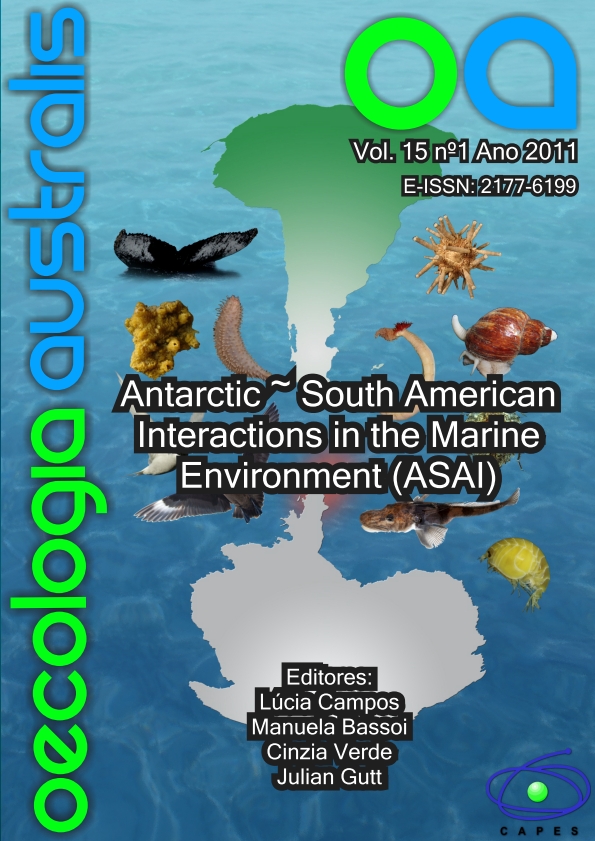EVOLUTIONARY ADAPTATIONS IN ANTARCTIC FISH: THE OXYGEN-TRANSPORT SYSTEM
Keywords:
Antarctic, Cold-adaptation, Evolution, Fish, HemoglobinAbstract
Understanding molecular adaptations evolved in response to environmental temperature changes is essential, because temperature affects the kinetic energy of molecules and modifies molecular interactions, macromolecular stability/functioning and membrane features. Environmental oxygen availability may also play an important role in the evolution of polar marine organisms, as suggested by the physiological and biochemical strategies adopted by these organisms to acquire, deliver and scavenge oxygen.This review summarises the current knowledge on the structure and function of hemoglobins of fish living in Antarctic habitats. The variety of adaptations underlying the ability of Antarctic fish to survive at temperatures permanently close to freezing is unique among teleosts. The dominant perciform suborder Notothenioidei affords an excellent study group for elaborating the evolution of biochemical adaptation to temperature. The availability of notothenioid taxa living in a wide range of latitudes (Antarctic, sub-Antarctic, and temperate regions) offers a remarkable opportunity to study the physiological and biochemical characters gained and, conversely, lost in response to cold and to reconstruct the likely evolutionary events modulating the ability to carry oxygen in freezing habitats. Although oxygen can be transported in freely dissolved form most animals rely on one or more protein carriers to deliver it to the respiring tissues. Compared to temperate and tropical species, high-Antarctic notothenioids have evolved reduced hemoglobin concentration/multiplicity. The Antarctic family Channichthyidae (the notothenioid crown group) is devoid of hemoglobin. All extant icefish species lack hemoglobin and many have lost myoglobin expression. In these species, oxygen delivery to tissues occurs by transport of the gas physically dissolved in the plasma.


